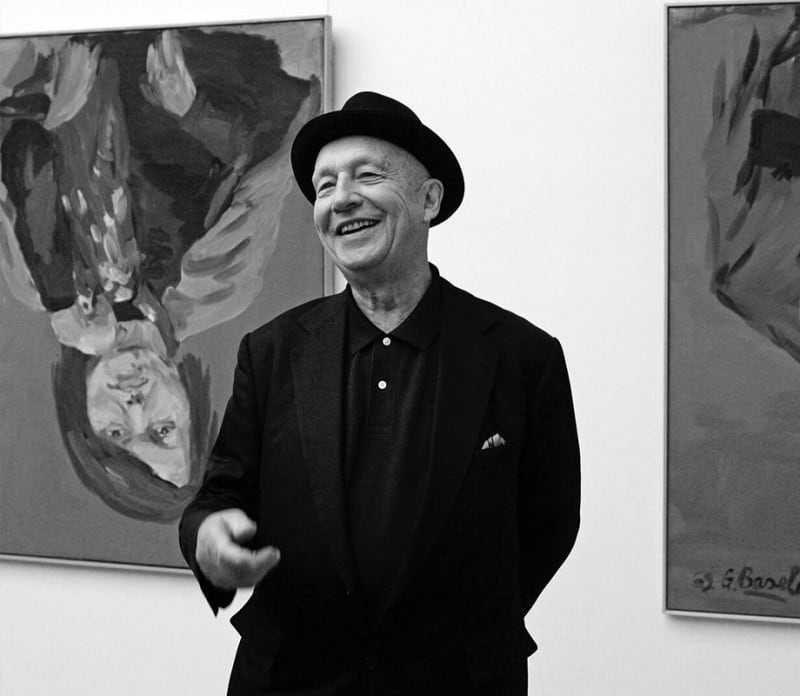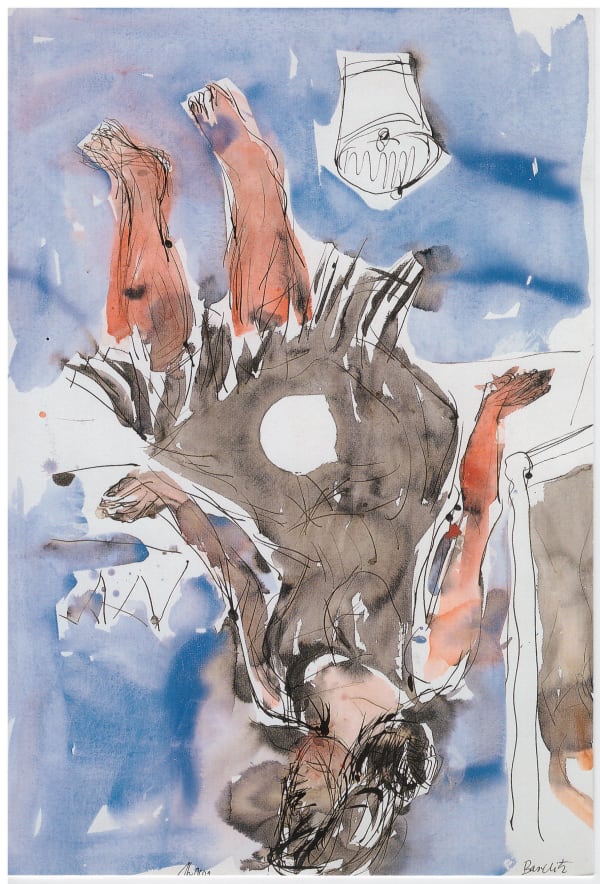GEORG BASELITZ German, b. b. 1938
"An image should be hard to read."
Georg Baselitz is a German artist known for his Neo-Expressionist paintings rendered with distinctive brushwork and often exhibited upside down. His practice, which includes sculpture and printmaking, explores what it means to be a German artist in the postwar era, and is characterized by bold colors, forceful brushstrokes, and the incorporation of folkloric or archetypal subject matter. “I begin with an idea, but as I work, the picture takes over,” he said of his process. “Then there is the struggle between the idea I preconceived and the picture that fights for its own life.” Born Hans-Georg Kern on January 23, 1938 in Deutschbaselitz, Germany, Baselitz renamed himself after his hometown in 1961. He counts Willem de Kooning as a lasting source of inspiration ever since seeing his work as a student, also citing the influence of Philip Gustonand Jackson Pollock. His provocative subject matter and outspokenness on culture and politics, at times has made him a polarizing figure in the art world. In 2016, a comprehensive travelling show “George Baselitz: The Heroes”—dedicated to the artist’s 1965–1966 series of Hero paintings—opened at the Städel Museum in Frankfurt am Main. He currently lives and works in Munich, Germany. Today, Baseltiz’s works are included in the collections of the Guggenheim Bilbao, the National Gallery of Art in Washington, D.C., The Museum of Modern Art in New York, the Tate Gallery in London, and the Berlinsche Galerie, among others.




